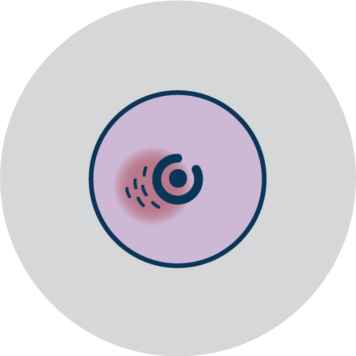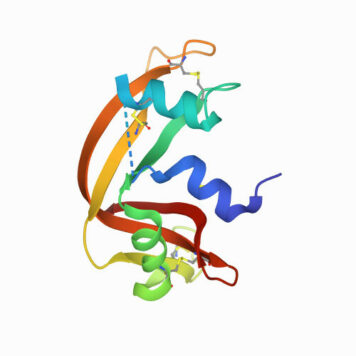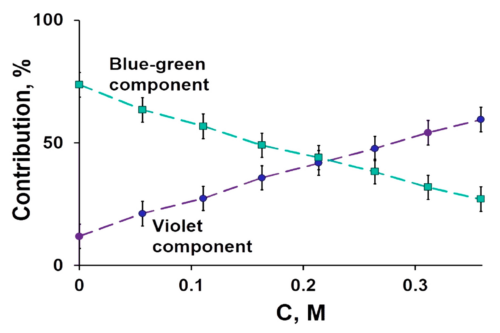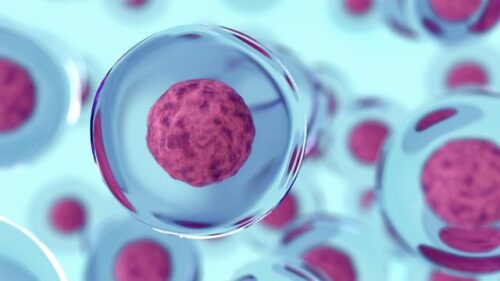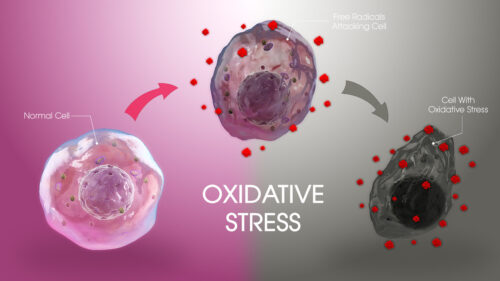Fullerenes, as hydrophobic molecules, are limited in biomedical function due to their very low solubility. But taking C₆₀(OH)ₓ as an example, the properties of fullerenols were analyzed. It was found that fullerenols had good stability, water solubility, good biocompatibility and low cytotoxicity by adding a hydroxyl group to carbon atoms. In the biomedical field, it has been found that fullerene C₆₀ can be used as a powerful free radical scavenger, with antioxidant activity, with antibacterial and inhibitory effects on cancer cells. Fullerenols inherit the good properties of fullerenes, and are better used in cancer treatment, including loading drug therapy and directly as an anticancer drug. In addition, fullerenols are also used in the repair of myocardial injury, the treatment of myocardial infarction and neuroprotection. With the development of tissue engineering technology, the preparation of nerve scaffolds which can improve ischemia, hypoxia and oxidative stress after nerve injury has become a research hotspot. The electron absorption and reduction characteristics of fullerenols in biomedical research bring new ideas for the treatment of oxidative stress in the repair of peripheral nerve defects. It seems that the research on fullerenols loaded neural scaffold has great prospects.
Related researches 41 articles

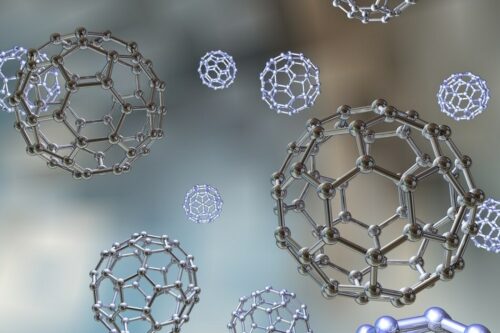



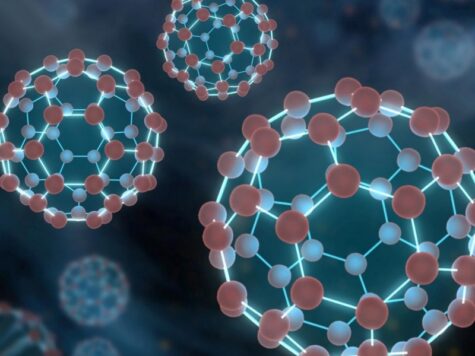


![Biocompatible [60]/[70] Fullerenols: Potent Defense against Oxidative Injury Induced by Reduplicative Chemotherapy](https://biofullerene.com/wp-content/uploads/2022/11/istockphoto-65584859-356x356.jpg)







